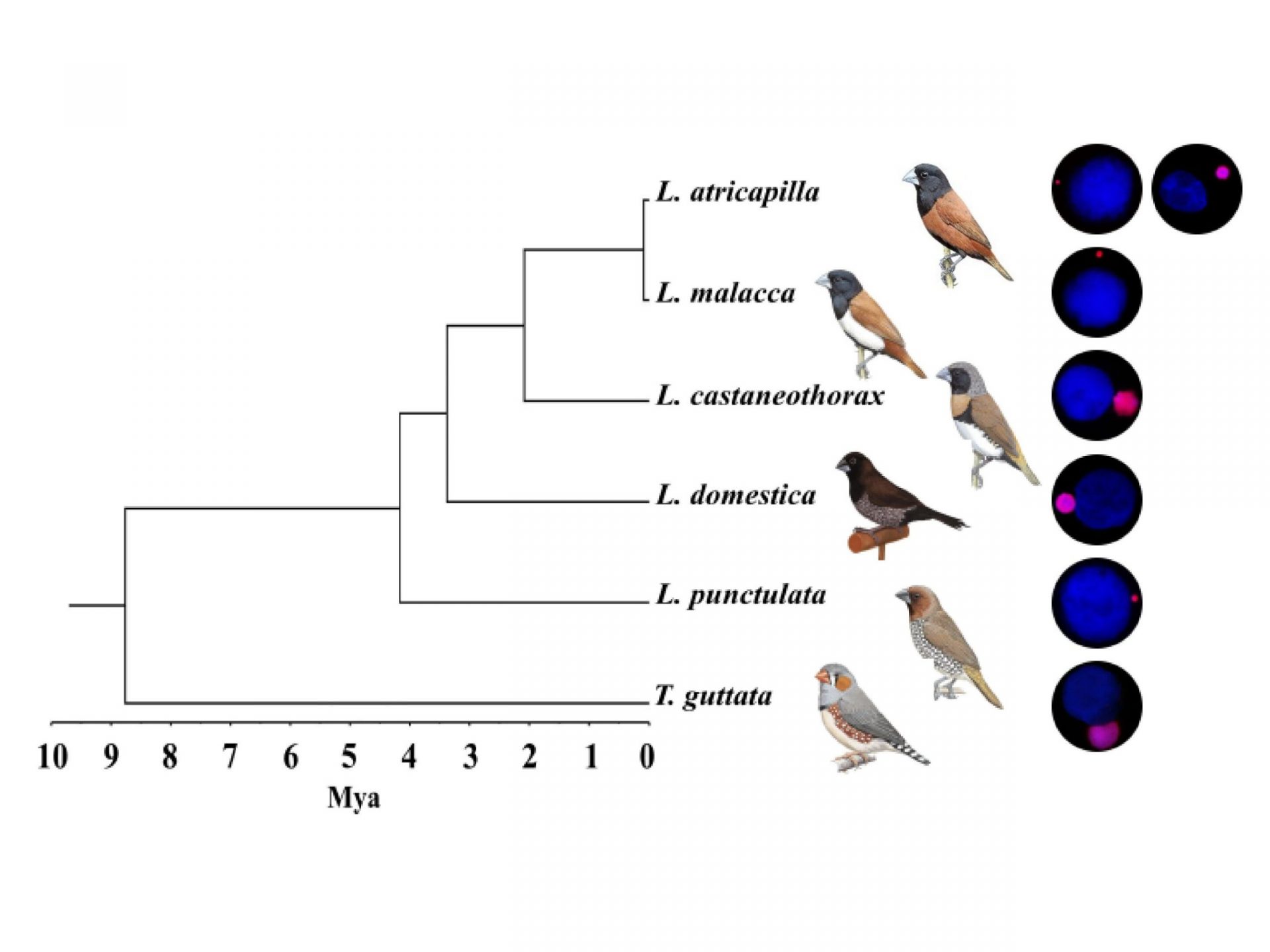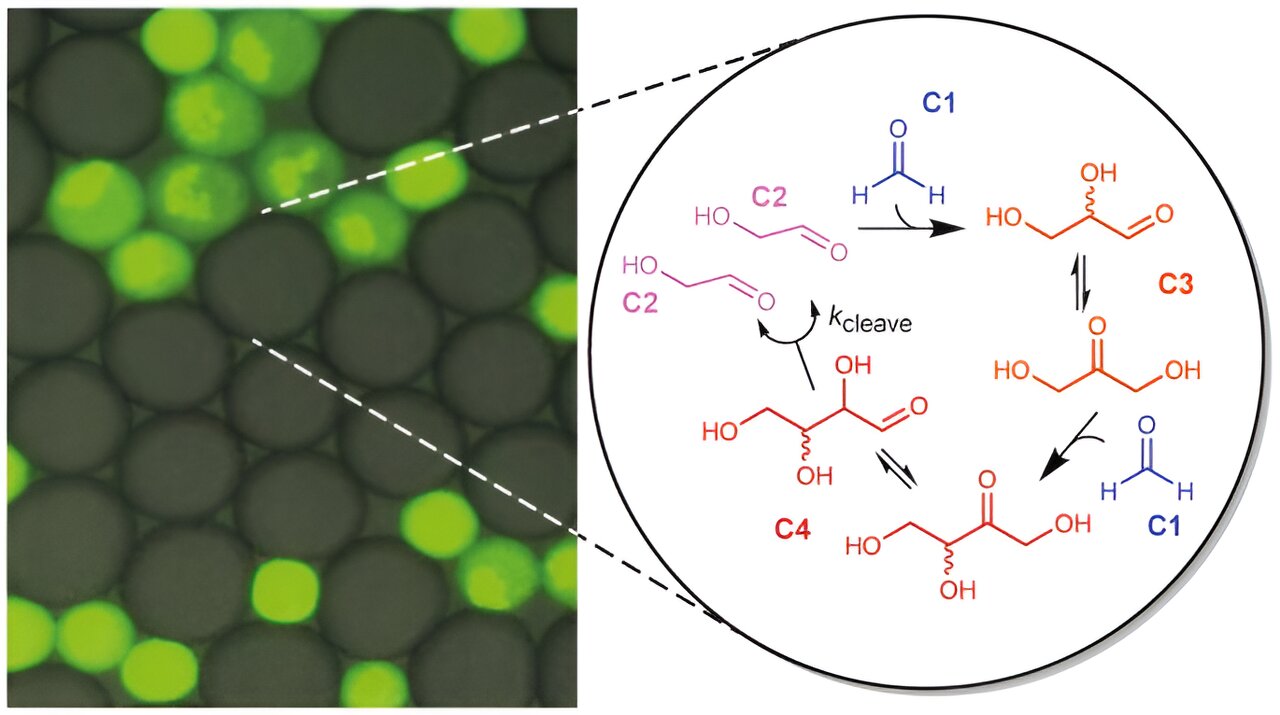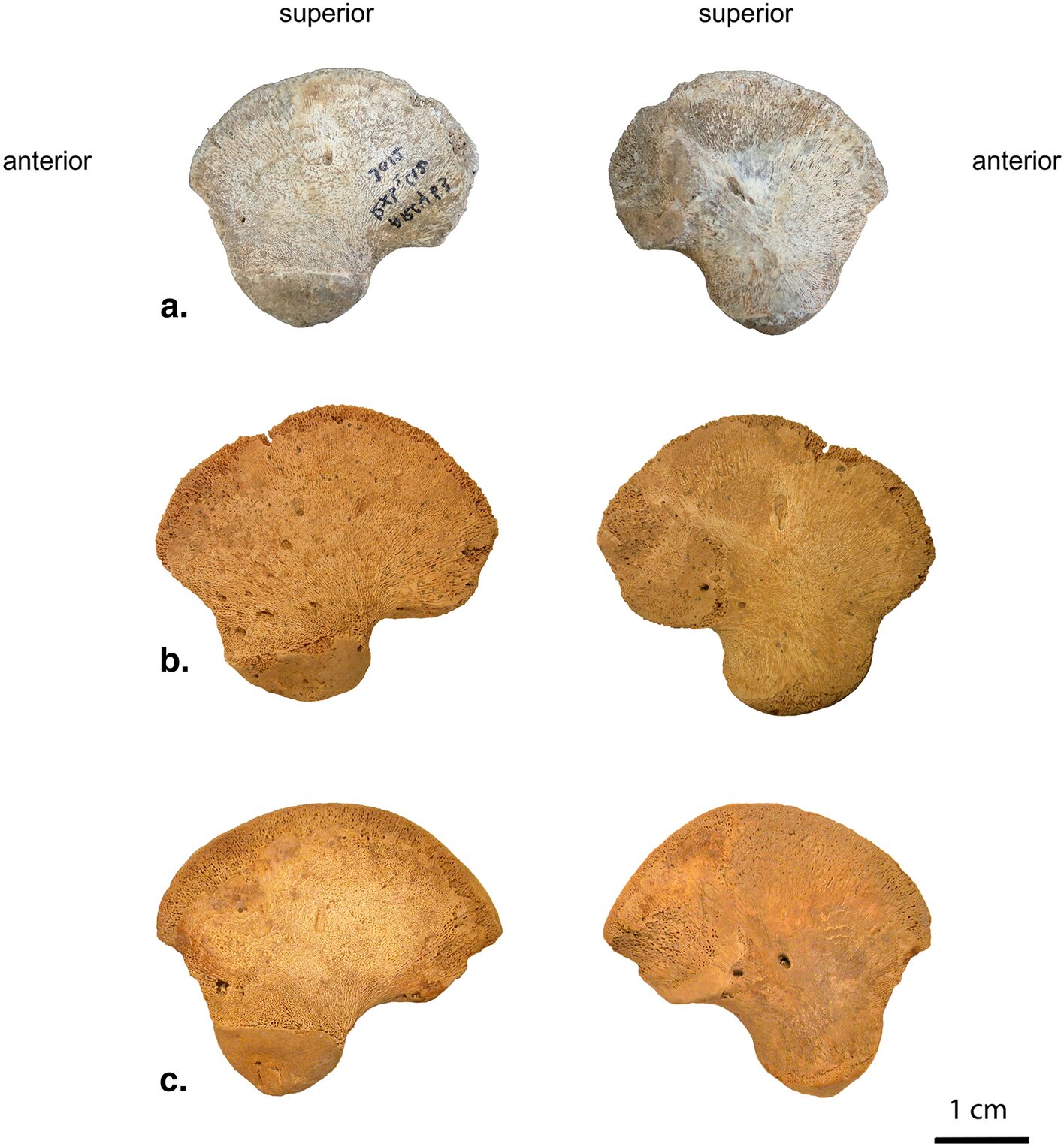In multicellular organisms, all cells of an individual normally contain the same genetic information and cell differentiation is achieved through regulation of gene expression. However, there are exceptions where certain sequences are permanently deleted from the genome instead of being silenced. One fascinating example of this is programmed DNA elimination in songbirds, where a whole chromosome is lost from somatic cells early on in embryo development and is maintained only in the germ cells.
In a recently published paper in the journal Nature Communications, Radka Reifová’s team from the Department of Zoology at Charles University, along with Stephen Schlebusch as the first author and other researchers, sequenced this chromosome in two closely related songbird species. This study provides one of the first insights into the importance and evolutionary dynamics of this peculiar chromosome.
The chromosome, known as the germline-restricted chromosome (GRC), was first discovered 25 years ago in the zebra finch. However, recent studies suggest that it likely occurs in all songbirds, which make up approximately 50% of all modern bird species. “The GRC is a strange and contradictory chromosome,” says Schlebusch, a postdoc in Radka Reifová’s research group.
On one hand, the GRC shows relatively unstable inheritance and can vary in size among different species. On the other hand, it has been maintained for over 47 million years of songbird evolution, suggesting that it serves an essential function for birds. Previous research has shown that the GRC mostly consists of sequences copied from regular chromosomes.
Schlebusch and colleagues used a novel strategy to sequence almost the entire GRC in two nightingale species. They found that most of the genes on the GRC are likely non-functional pseudogenes. However, they also identified a subset of functional genes that differ between the two species. These differences in genetic content could contribute to reproductive isolation and the speciation process in songbirds.
One gene, cpeb1, was found on the GRC in both nightingale species and the zebra finch. This gene is involved in regulating gene expression during oocyte maturation and early embryonic development. The researchers speculate that the cpeb1 paralog on the GRC may have specialized in oocyte-specific functions, while the cpeb1 copy on regular chromosomes retains its original functions in somatic cells.
The study reveals that the GRC is a rapidly evolving chromosome that frequently acquires and loses sequences from regular chromosomes. Most genes on the GRC lose their function relatively quickly due to their restriction to the germline. However, there is likely a small ancestral region on the GRC that harbors genes vital to all songbirds. Future advancements in sequencing technology will help identify this shared region and further unravel the mysteries of the GRC.








